Everyone loves the rut. That’s when everyone seems to take their vacation days and cash in their brownie points. The rut is king, and has been for a long time. But I beg to differ. For me, the late season is the new rut. Below, you’ll find my reasons why.
Reason No. 1: Predictable Bedding
Whitetails are not predictable during the rut. However, outside of this timeframe, they are far more consistent in their daily habits and movements. During the late season, hunters have a better idea of where a specific buck might be. At least, in comparison to the timeframe. Generally, hunters can focus on areas that have not been as pressured throughout the earlier portions of deer season.
They can also look to areas that provide solar cover, which comes in the form of southeastern slopes. These receive more sunlight, especially the morning sun. Additionally, thermal cover is important to locate, which is best described as dense stands of cedar, spruce, pine, and other coniferous trees. Furthermore, dense thickets with high stem counts that are close to food are good, too. It’s these types of places that can make late season deer hunting great.
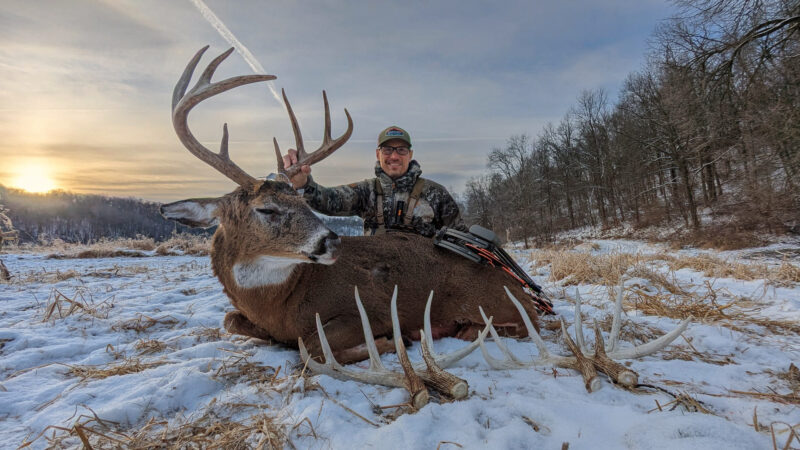
Reason No. 2: Predictable Feeding
By the late season, many food sources are gone, or will soon be depleted. Deer are looking to the remaining resources available on the landscape. Oftentimes, these are limited to confined areas, and aren’t as abundant as they were in the spring summer and fall months. Now, whitetails are routinely hitting these remaining options. This leads to more predictable and patternable lines of movement between late season bedding areas and wintertime food sources.
There are still many different food sources that deer eat in winter. But many of these are obscure and relative to specific geographic location. Of course, big-ticket food sources remain staples across vast stretches of ground. Standing crops, waste grain, food plots, natural browse, grasses, forbs, and other options, draw much of a whitetail herd’s attention in winter. Find these remaining pockets of food, and potentially locate large groups of deer.
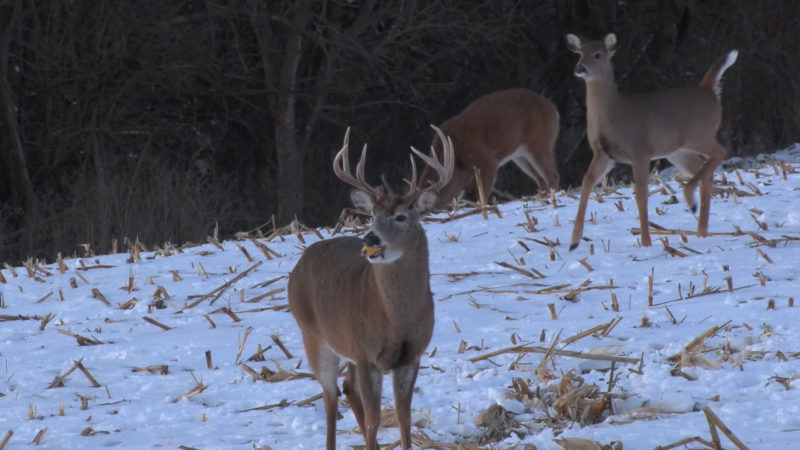
Reason No. 3: Favorable Temperatures
Deer hunters love those days when it’s unseasonably cold. Anytime daytime temps are below the annual average, we expect deer to move better. When it comes to warm and cool temperatures, the rut can be hit or miss. Additionally, it’s a narrower window to hope for perfect temperatures.
The late season is different, though. It is longer, offering a larger window of opportunity for colder weather. Furthermore, it’s later in the year, so cooler temps are more likely to begin with. And when the bottom drops out of the gauge, hunters can move in and capitalize.
Reason No. 4: Likely Snow
One of the biggest triggers for late-season deer movement is snow. A few inches of snow can spark a sudden flurry of action. It might even cause deer to move earlier and further during daylight. Because of this, a good late-season snow can be just the ticket for killing a buck you’ve been scouting.
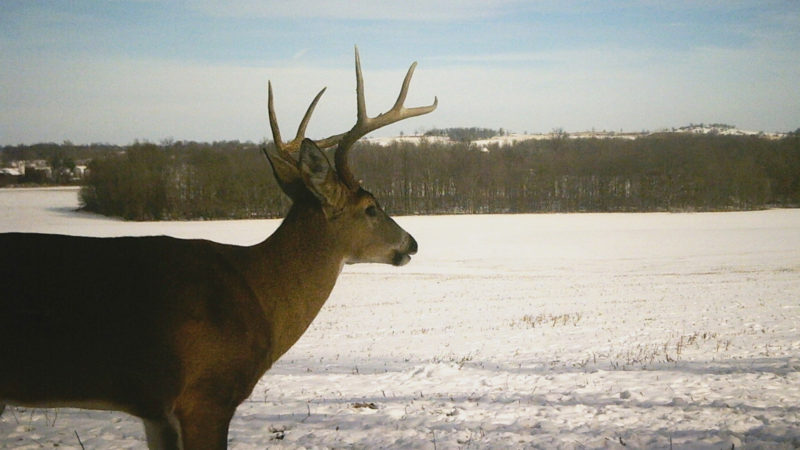
Reason No. 5: Condensed Habitat
As winter progresses, habitat quality declines. Quality bedding cover, and food sources wane. Once this happens, viable habitat condenses into remaining pockets of acceptable and adequate whitetail habitat.
While this is unfortunate for deer, this actually helps hunters. Condensed habitat equals condensed deer herds as they funnel into smaller areas. When this happens, deer are easier to find, have less room to roam, and become more predictable. Hunters who understand this, and learn how to capitalize on it, tend to fare quite well during the late season.
Reason No. 6: Less Pressure
Deer have dealt with hunting pressure all season long. So, technically, they’re more pressured than they’ve been all year. But the vast majority of deer hunters quit after gun seasons end. This leads to a steep decline in hunter effort and overall hunting pressure during the late season. So, while deer are quite wary from all of these hunter days spent a field, they actually aren’t getting pressured very much late in the season.
After a couple of weeks, it can be as if they haven’t been pressured at all. Hunters focusing on areas that are no longer seeing hunting pressure can benefit from this during the late season when they otherwise wouldn’t during the early season, pre-rut, and especially the rut.
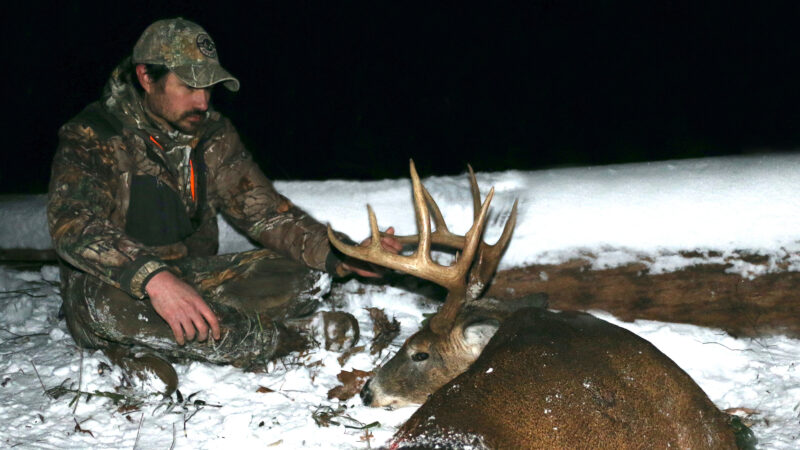
Reason No. 7: Less Competition
As just noted, hunting pressure drops off during the late season. That means deer are less cautious. But it also means less competition with other deer hunters. If you find a late season buck to target, chances are you might be the only one hunting that deer. This can even be true on public lands that previously received significant hunting pressure during the earlier phases of deer season. So, capitalize on less competition with other hunters, who have already tagged out or given up.
Tag That Buzzer-Beater Buck
Winter is upon us. The days of deer season are dwindling both in daylight length and in number. But for all of the reasons stated above, the late season can be the best time of year to fill your buck tag. Don’t give up hope. Keep pushing forward until closing day. You just might find a big deer that you want to hunt. You could find a pocket of does to help fill the freezer. Either way, you won’t know if you don’t go. And it’s more than possible to tag that late season buzzer beater buck. Because of that, for me, the late season is the new rut.

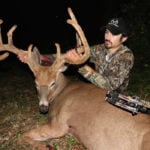 By
By 



